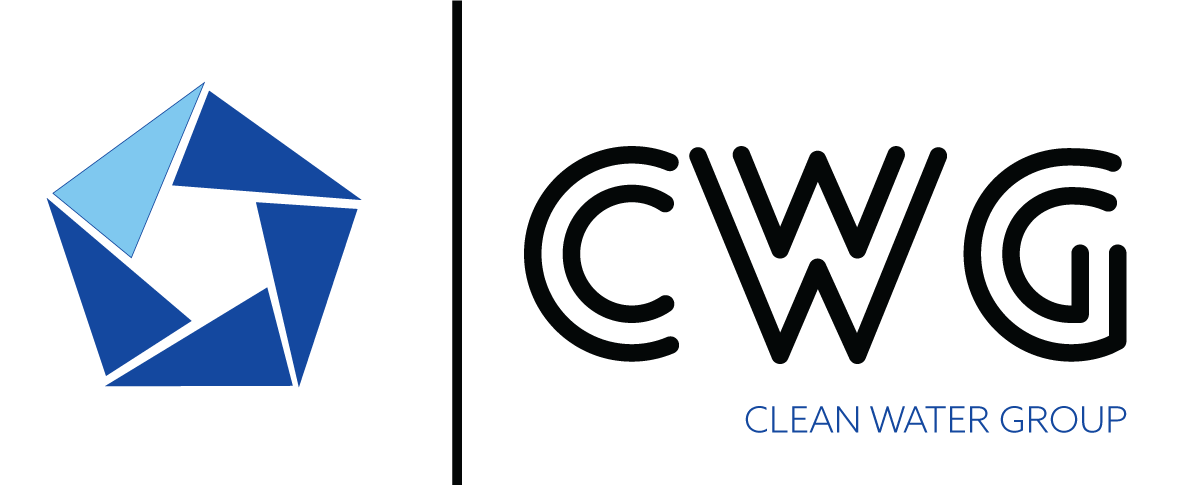WATER PURIFICATION
Water purification is a complex process by which different types of pollution, impurities and pathogenic microorganisms are removed from raw water to obtain safe, clean and usable water for various purposes such as drinking, household, industry and agriculture.
The water treatment process aims to improve water quality and ensure that the water used does not pose a risk to human health and the environment.
Choosing the right water treatment techniques is an important process that requires careful consideration of various factors to ensure efficient and properly adjusted water treatment.
Here are the steps to consider when choosing water treatment technologies:
- Water analysis: The first step is to understand what kind of water you need to purify. Analyze its physical, chemical and biological nature, including the presence of suspended particles, microorganisms, chemical pollutants and other impurities.
- Purification objectives: Define your purification goals. Will you only remove certain pollutants like microorganisms or chemicals? What kind of water quality do you want to achieve?
- Capacity and Flow: Think about how much water you need to purify and what is the daily flow of water. Depending on the volume and flow rate, you’ll choose technologies that can scale to your needs.
- Available Resources: Consider the availability of energy, budget and expertise for the implementation and maintenance of the selected purification technique.
- Maintenance: Assess the maintenance required and how often the system will need to be serviced or cleaned. Some techniques require regular maintenance, while others are less demanding.
- Consultation with experts: If you’re not sure which one is the right choice, consult with engineers or water technology experts to get tips and recommendations.
After careful analysis and consideration of all factors, you will choose a combination of techniques that best suit your water purification needs. It is important that the selected techniques provide safe and clean water that will suit the purpose of the water.
There are a number of different techniques and technologies used in the water purification process, and their purpose is to remove impurities, pollution, pathogenic microorganisms and chemicals to provide clean and safe water for various purposes. Here are some of the most common techniques and their purposes:
- Coagulation and Flocculation: Adding coagulants such as aluminum sulfate or ferric chloride helps particles collapse and create larger phlocules that will be easier to remove by sedimentation or filtration.
- Sedimentation: After coagulation and flocculation, the water remains calm so that heavier particles sink to the bottom of the tank. This removes most of the suspended impurities.
- Filtration: Filtration is used to remove the remaining suspended particles, phlocules and other impurities from the water. Various types of filters, including mechanical and chemical, are used for this purpose.
- Disinfection: Disinfection is used to eliminate pathogenic microorganisms and microbes that can cause disease. Methods such as chlorination, ozoning, ultraviolet (UV) radiation and advanced oxidation techniques disinfect water.
- Absorption: Absorption is used to remove organic substances, pesticides, chemicals and heavy metals from water. Activated carbon, zeolites and other adsorption media absorb impurities from water.
- Oxidation: Oxidation techniques are used to break down organic substances and chemicals that are difficult to remove. Oxidizers such as ozone and hydrogen peroxide help break down harmful compounds.
- Reverse Osmosis: Osmosis uses a membrane to filter water through the membrane, while osmotic distillation uses heat to evaporate and condense clean water.
- Ionic Modification: This technique is used to soften water and remove ionic contaminants such as calcium and magnesium salts.
The purpose of these water treatment techniques and technologies is to ensure that water is safe to drink, protect the environment from pollution, and ensure water quality for various purposes such as household, industry, agriculture and recreation.
Through this process, it not only ensures human health, but also contributes to the preservation of aquatic ecosystems and the sustainable use of this precious resource.
